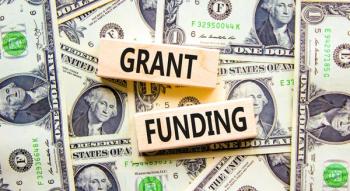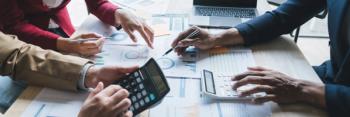
Determining water consumption in animal care facilities
Q: At our veterinary practice, we're considering the addition of grooming and kennel facilities. First, though, we'd like to know: what should we expect for the clinic's water consumption for each boarded dog?
Animal care facilities require a great deal of water. Even with water restrictive fixtures, the normal operations of kennel washing, floor cleaning, animal bathing and laundry can drive water consumption to more than 1,000 gallons per day.
Adding to this consumption is the complication of simultaneous use. Unlike other types of facilities, animal care operations tend to simultaneously clean the facility, the animals and perform laundry functions once in the morning and occasionally once in the afternoon. This operational reality causes the water consumption and particularly hot water requirements to have significant peaks.
We have reviewed the typical water requirements for a number of facilities over the years. We have found that the water consumption calculations suggested by the Plumbing Code are usually insufficient. We see many facilities where available cold water supply, hot water production and overall plumbing pipe sizes are too small.
Typical fixture demands in terms of staff or animals are:
Lavatories 2.6 GPD/employee Tank-type water closets 6.8 GPD/employee Kitchen sink 0.9 GPD/employee Janitor's sink 0.1 GPD/employee Pressure wash 3.2 GPD/dog Dog tubs 13.5 GPD/grooming Washing machine 10.0 GPD/grooming Dishwasher 0.4 GPD/dog Hose bibbs 0.2 GPD/dog Trench washdown 3.2 GPD/dog
This excludes any irrigation or showers and results in a typical estimate of 10 gallons per day (GPD) per employee plus 8 GPD per animal boarded plus typically 24 gallons for every laundry load or dog washing.
As an example, a 40-dog boarding facility with 5 employees, 10 groomings with bathing per day and 3 laundry loads per day would require about 675 to 700 gallons of water per day.
These are estimates and in all cases must be compared to the Plumbing Code requirements to be sure they meet or exceed the minimum flow rates.
C. Scott Learned, MS, MBA, PE, is president of Design Learned, which specializes in animal facility engineering. He is a board-certified mechanical engineer and electrical engineer.
Newsletter
From exam room tips to practice management insights, get trusted veterinary news delivered straight to your inbox—subscribe to dvm360.






